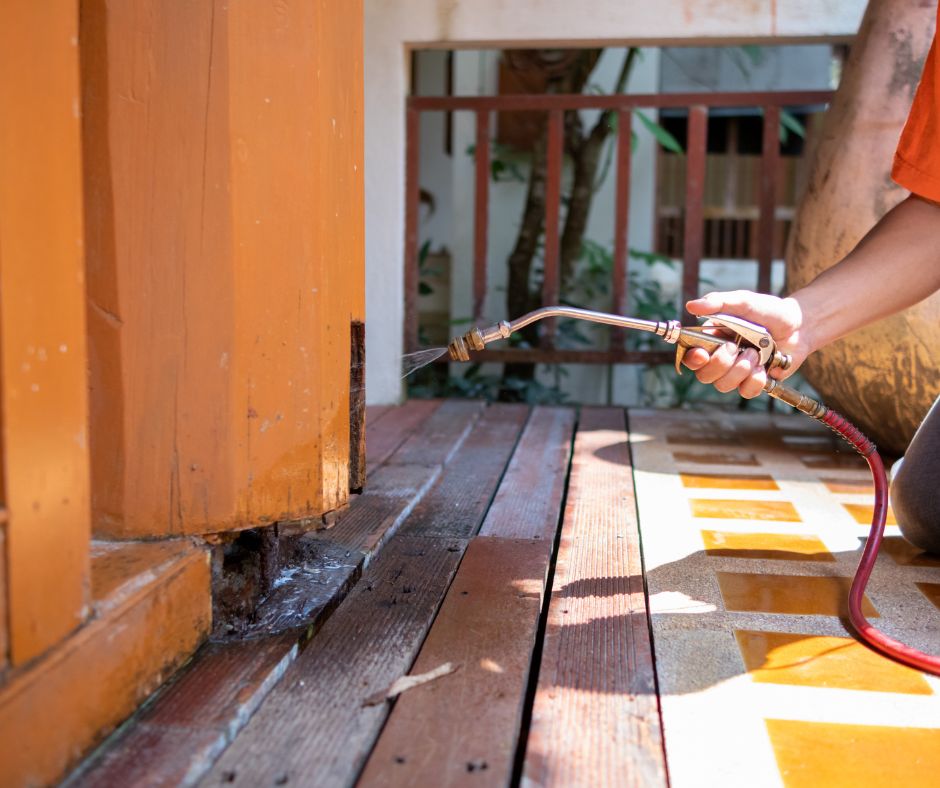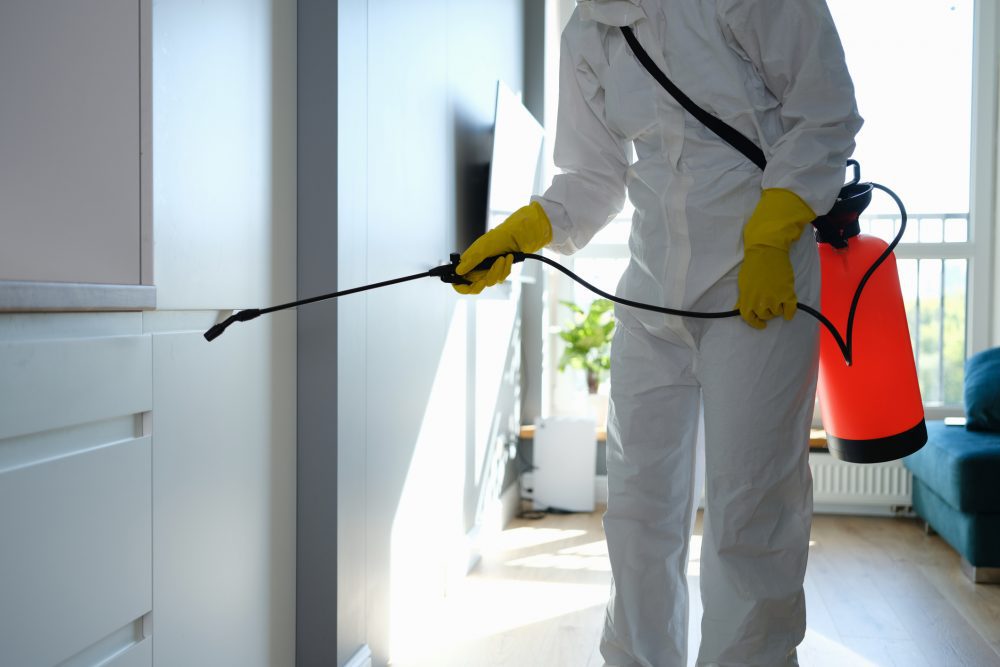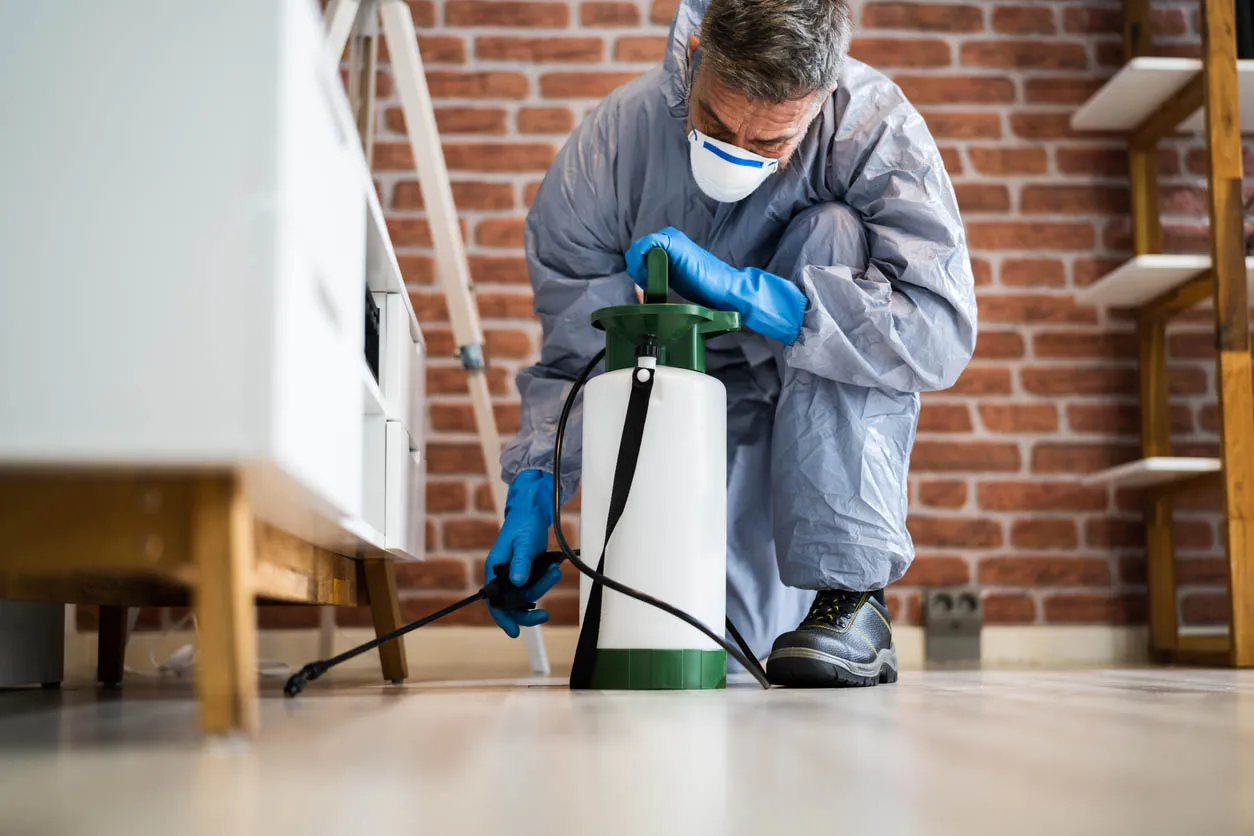Reliable Pest Control in Port Charlotte
Reliable Pest Control in Port Charlotte
Blog Article
Comprehensive Overview to Recognizing Pest Control Approaches and Their Therapy
Comprehending bug control approaches is crucial for effective administration of unwanted microorganisms that posture dangers to wellness, farming, and property. This detailed overview will certainly check out numerous approaches, including chemical services, organic strategies, and mechanical approaches, all under the umbrella of Integrated Bug Management (IPM) As we examine these approaches, it comes to be significantly clear that the choice of method can considerably impact both human interests and eco-friendly balance. What elements should be taken into consideration when picking the appropriate insect control method for a details situation? The answer might cause even more lasting practices than one may at first assume.
Review of Bug Control Approaches
Bug control techniques incorporate a selection of techniques made to manage and remove unwanted microorganisms that can harm human health and wellness, agriculture, and building. Effective bug administration is crucial for maintaining the stability of communities and making certain the safety of food materials. These methods can be generally categorized into three primary methods: social, mechanical, and biological controls.

Cultural control involves customizing farming techniques or environmental problems to decrease insect facility and recreation. This strategy includes plant turning, cleanliness, and choosing pest-resistant plant selections. Mechanical control depends on physical obstacles or gadgets to avoid parasite accessibility or directly eliminate them. Instances include traps, internet, and hand-picking hazardous insects.
Organic control makes use of natural predators, parasites, or virus to manage pest populations. This method highlights environmental equilibrium and can consist of introducing advantageous insects, such as ladybugs or predative nematodes, to take care of insect visibility.
Integrated bug administration (IPM) combines these methods, using an alternative strategy that emphasizes prevention, surveillance, and responsible administration. By utilizing a mix of these techniques, insect control can be much more sustainable and reliable, reducing dependence on chemical interventions while guarding human health and the setting.

Chemical Bug Control Solutions
A selection of chemical pest control solutions are available, giving efficient choices for taking care of insect populaces when other methods may fall short. These solutions mainly consist of insecticides, herbicides, fungicides, and rodenticides, each created to target particular pests while decreasing damage to non-target organisms.
Pesticides are especially reliable against a series of bugs, including ants, cockroaches, and termites, and can be identified as call or systemic agents. Call pesticides kill bugs on call, while systemic pesticides are absorbed by plants, making them harmful to bugs that prey on them. Herbicides are used to regulate undesirable plants, whereas fungicides are necessary for handling fungal diseases that can damage plants and decorative plants.
Rodenticides, designed for rodent control, are offered in numerous formulations, consisting of baits and tracking powders. It is essential to adhere to tag directions meticulously to make sure security and efficacy. In addition, incorporated insect administration (IPM) concepts must be utilized, incorporating chemical solutions with cultural, mechanical, and organic strategies for lasting bug control. This all natural method not only enhances pest administration efficiency yet additionally decreases possible ecological effects connected with chemical use.
Organic Bug Control Techniques
Biological bug control techniques use an environmentally pleasant alternative to chemical methods by utilizing natural killers, bloodsuckers, or virus to handle parasite populations. This approach leverages the environmental relationships in between microorganisms, advertising a balanced environment while reducing chemical deposit in the environment.
Among one of the most usual organic control techniques includes the intro of all-natural enemies. Ladybugs are used to manage page aphid populaces, while parasitic wasps can target caterpillars and other parasites. These all-natural predators properly minimize pest numbers without hurting advantageous insects.
In addition, microbial representatives such as germs, fungis, and viruses are used to contaminate and eliminate specific bugs. Bacillus thuringiensis (Bt), a normally occurring germs, is commonly utilized to manage caterpillars and other larvae, showcasing the efficiency of microbial bug control.

Physical and Mechanical Approaches
Often employed in integrated insect monitoring strategies, physical and mechanical methods act as reliable devices for controlling insect populations without making use of chemicals. These strategies depend on physical barriers, catches, and other mechanical tools to avoid or remove parasites, making them eco-friendly options.
Physical approaches consist of making use of obstacles such as insect netting, screens, or row covers that literally obstruct parasites from accessing plants. This is specifically valuable in agricultural settings where crop security is important. In addition, habitat manipulation, such as eliminating particles and standing water, can reduce parasite reproducing websites, consequently lessening invasions.
Mechanical approaches incorporate traps, which can be created to catch certain insects. Sticky traps and pheromone traps prevail examples that lure and maintain pests, promoting monitoring and control. Vacuuming is an additional mechanical method, reliable for getting rid of parasites from interior environments, particularly in cases of problems.
Preventative Parasite Monitoring Techniques
Efficient preventative pest monitoring methods are necessary for preserving healthy and balanced environments and reducing pest-related concerns prior to they develop (Pest Control in Port Charlotte, FL). These techniques concentrate on positive actions that lower the likelihood of insect problems by attending to the origin

An additional important strategy includes correct landscape design methods (Pest Control in Port Charlotte, FL). Maintaining vegetation cut and away from structures can minimize harborage locations for parasites. click now Carrying out incorporated insect management (IPM) techniques that consist of checking bug populations and using biological controls can foster a well balanced environment that naturally reduces pest numbers.
Education and training for personnel and Check This Out citizens on recognizing very early signs of pest activity are additionally key components of an effective preventative program. By cultivating an atmosphere of recognition and vigilance, companies and homeowners can significantly improve their bug monitoring initiatives and protect their rooms against future infestations.
Conclusion
Utilizing an Integrated Insect Monitoring (IPM) framework enables for the sustainable monitoring of bugs while reducing eco-friendly impact. Eventually, an extensive understanding of these varied insect control techniques is important for accomplishing successful outcomes in pest monitoring campaigns.
Report this page